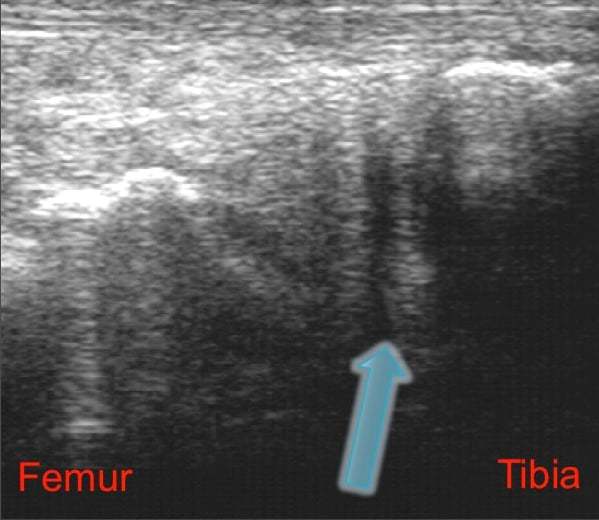
Arthroscopy vs. Ultrasound for Diagnosing Stifle Lesions
Researchers determined that using both modalities can help vets increase their diagnostic and prognostic capabilities.

Researchers determined that using both modalities can help vets increase their diagnostic and prognostic capabilities.

Underwater treadmill therapy can significantly improve balance control in horses with osteoarthritis.

A comparison of triamcinolone and a triamcinolone/hyaluronic acid combo yielded “unexpected” results, researchers said.

If a horse is hind-limb lame, consider issues where the superficial digital flexor tendon (SDFT) attaches to the hock.

One vet says early treatment and rehabilitation techniques are key to successful platelet-rich plasma (PRP) therapy.

From selecting a horse to rehabbing and feeding him, learn how to transition an ex-racer to life as a riding mount.

Veterinarians, avoid these common mistakes to make the most out of your nerve blocks during lameness exams.

Here’s what current research, or lack thereof, is telling us about common equine supplement ingredients.

Infrared thermography (IRT) appears effective at measuring a horse’s skin temperature during water treadmill exercise.

Subjective clinical evaluation allows practitioners to detect mild lameness as well or better than objective methods.

Learn how vets are using an arthroscope that’s 1.3 mm in diameter and 100 mm in length to evaluate stifle problems.

Researchers are looking for ways to help aging equine athletes through so-called “satellite cells.”

This new technique could allow veterinarians to better evaluate equine joint cartilage.

Radiographs (X rays) and low-field MRI appear to be useful tools for diagnosing early-stage arthritis.

More than 56% of injuries occurred in the right forelimb, the opposite of what’s most commonly seen in Thoroughbreds.

Discover what flexing a joint can tell a veterinarian about a horse’s soundness.
Stay on top of the most recent Horse Health news with
"*" indicates required fields